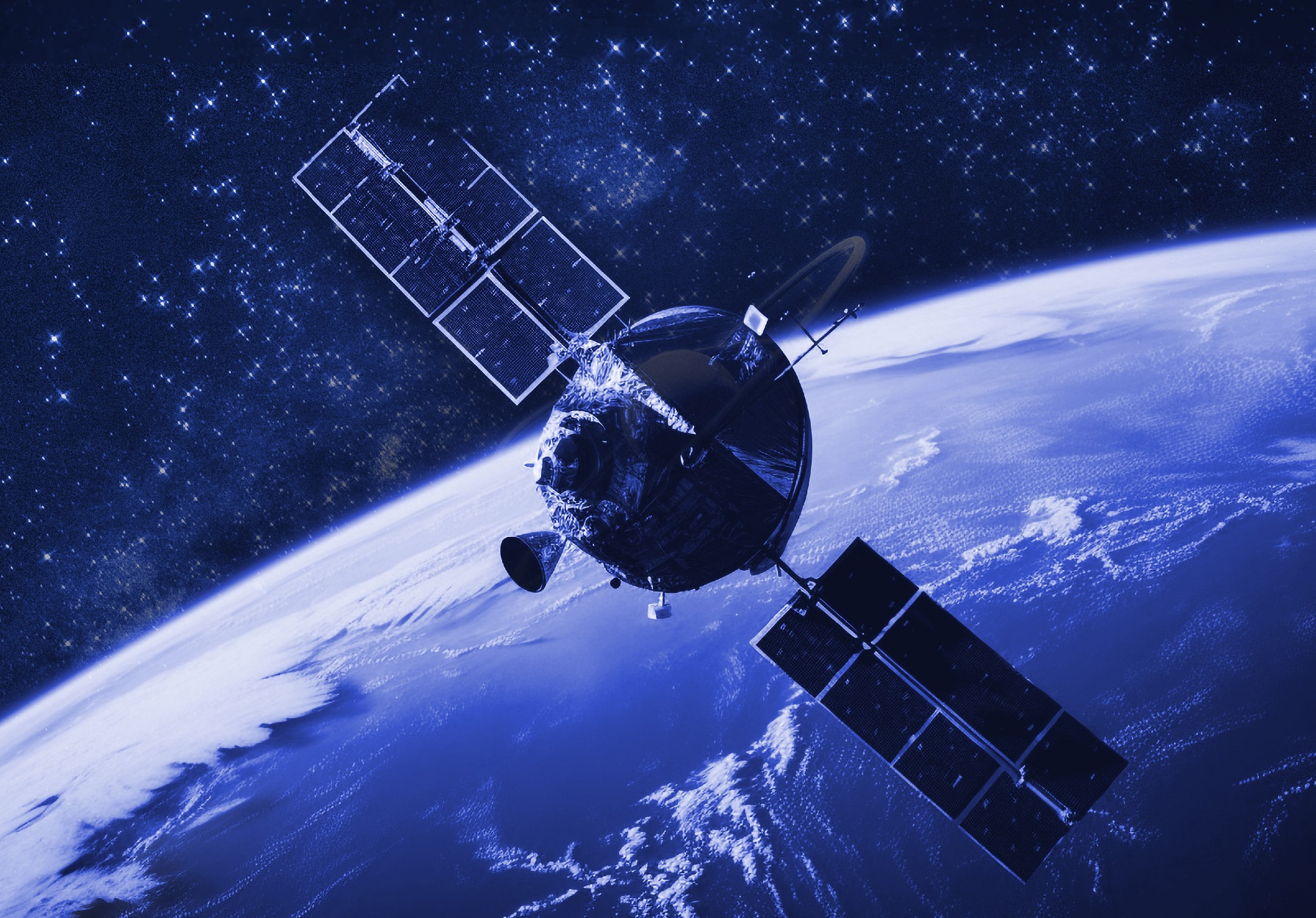Subsea Cable Outages: Mitigation Strategies for Global Enterprises
-
July 24, 2024
-
4 min read

In today’s hyper-connected world, subsea cables are the lifeline of global data traffic, underpinning over 95% of international communications. Recent events have shown how devastating even a brief internet outage can be. A study by Gartner found that a single minute of downtime can cost businesses an average of $5,600. The consequences became frighteningly real in early 2023 when several attacks damaged several subsea cables in the Red Sea. This critical chokepoint for global data traffic experienced disruptions, impacting nearly a quarter of the total regional data flow. What is the estimated cost of these disruptions? A staggering $3.5 billion.
These outages aren’t just inconvenient; they can be downright crippling. The significant financial impact has underscored the urgent need for robust mitigation and redundancy measures. But how does one go about building such resilience? Here’s a strategic guide:
1. Know Your Risks
Subsea cable outages are far more than mere technical issues; they represent significant financial and operational setbacks for businesses worldwide. Recent incidents highlight the severity and frequency of such disruptions:
-
February 2024 – Red Sea:
The Seacom/Tata TGN-Eurasia, AAE-1, and EIG cables were damaged, likely by the anchor of a commercial vessel, the Rubymar, which a ballistic missile had previously struck.
-
March 2024 – West Africa:
Several vital subsea cables, including ACE, SAT-3, WACS, and MainOne, were damaged, causing widespread internet outages.
-
May 2024 – East Africa:
Issues with the EASSy and Seacom submarine cables disrupted connectivity to East Africa, impacting numerous countries already reeling from earlier cable cuts.
To build redundancy, start by dissecting your network. Identify congested areas, dependencies on specific cables, and regions lacking multiple backup options. Determine the number of backup routes necessary to build adequate redundancy.
2. Get the Right Partner In
Once you understand your risks, you need a partner with ownership of multiple cable systems worldwide, especially along high-traffic routes involving emerging markets like India and Africa, as well as mature markets in the Middle East and Europe. This partner should have a robust ecosystem capable of arranging immediate capacity on unique routes through non-congested, low-risk areas such as Oman, Egypt, Italy, Portugal, and Kenya.
A reliable partner should also have extensive experience in handling restoration situations. For example, a partner who has managed the migration of a minimum of 2-3 Terabytes of capacity restoration can be trusted to facilitate seamless restoration of high capacities.
3. Maintain a Healthy Cable Mix
Investing in upcoming cables like Equiano, 2Africa, and SeaMeWe6 can provide your infrastructure with a much-needed upgrade. For instance, Equiano is a high bandwidth subsea cable system with a capacity of 144 Tbps, connecting South Africa, West Africa, and Europe. Utilizing Space Division Multiplexing (SDM), Equiano enhances data transmission capacity on the subsea infrastructure and offers a unique cable path, presenting a diverse alternative for businesses and their critical traffic.
Providers like Airtel own significant capacities on the Equiano cable for captive network infrastructure needs and to serve businesses. Their dedicated subsea system connecting South Africa, Nigeria, and Portugal includes strategic landing points seamlessly connected to 28 edge/carrier-neutral data centers. Additionally, a vast terrestrial fibre network over 76,000 kilometres significantly boosts businesses looking to connect East to West Africa.
Subsea cables play a critical role in global business
Subsea cables are the backbone of the digital economy, enabling communication, commerce, and innovation across continents. By following a strategic three-step process—understanding your risks, partnering with the right providers, and maintaining a healthy cable mix—you can ensure minimal disruption and maximum connectivity for your enterprise.
Embracing a powerful foundation and extensive infrastructure will ensure your business remains resilient to potential outages and safeguards against significant financial and operational setbacks.
[1] https://www.gartner.com/en/insights
Subsea cable disruptions: https://www.submarinecablemap.com/
 Share
Share









